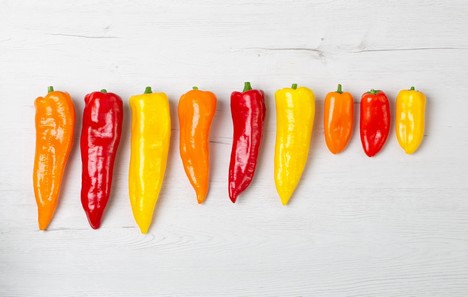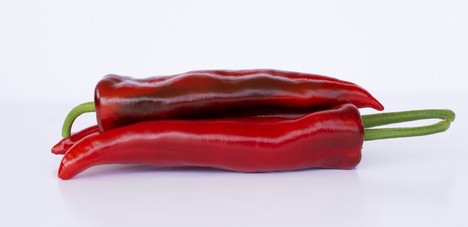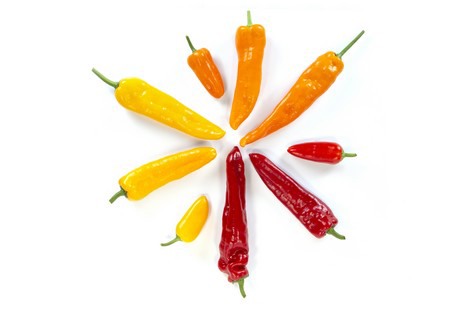The bell pepper acreage in Almeria, which exceeds 13,000 hectares, continues to grow every year, to the exclusion of other crops, such as tomatoes. Although most planted peppers are bell-type ones, the growth rate is higher in the case of conical peppers, with over 20% per year.

"The bell pepper acreage and the annual production continue to grow, but consumption also continues to increase, as reflected by the steady rise in unit prices on supermarket shelves," says Carlos Herrerías, Solanaceae Product Manager for Europe at Enza Zaden. "This tells us that the markets are still far from saturated, and if this happened with bell peppers, it would take much longer to happen in the case of conical peppers," he says.
The seed house pioneered the introduction of Tribelli conical peppers in 3 colors and in different sizes, from mini peppers to longer ones. Since then, they have continued to develop new varieties in order to achieve full production cycles in all colors and sizes. "When we started with our Tribelli brand, the starting point was and has always been the taste. Peppers must reach a minimum number of Brix degrees to ensure a tasty product," says Carlos Herrerías.
Obtaining conical peppers with greater resistance to lengthen the production cycle
One of their main goals now is to complete the production cycle so that the product can be available in Spain 365 days a year. To this end, adding greater resistance to diseases in peppers plays an increasingly important role.

"We tend to think that resistance to pathologies is something that is only interesting to the grower, but it is clear that with greater resistance, we will have a longer production cycle and a cleaner and more sustainable product, given the reduced need for the use of chemical treatments. In fact, disease resistance is a term that is mentioned more often now by buyers in supermarket chains," says Carlos Herrerías. The company is developing varieties resistant to fungi or spotted virus in all colors.
More bell pepper formats in three colors to solve weight-related problems
In recent years, another of the main problems for bell pepper growers and marketers have had to deal with has been the mismatch between the weight of the product in the packages and the pre-established agreements with their customers.

"In theory, the grower can sell more kilos, because the pieces are higher and harvesting costs are optimized, but if the final price is reduced by the supermarket's purchasing requirements, the producer ends up receiving less. Moreover, if the marketing company has agreed with its customer to supply packages of two pieces weighing 200 grams, for example, and it sends packages weighing 300 or 350 grams, it ends up losing money. We have made genetic improvements to address this problem, since, in most cases, the marketing companies are giving products away due to excess weight. The Prost, for example, is a long red cone pepper with LT resistance that has the perfect caliber for marketers. For this reason, we are also supplying different formats of conical peppers in three colors, because if we stick to one product format, we end up losing out. The more options, the better."
For more information:
Carlos Herrerías
Enza Zaden España, S.L.
T: +34 950583388
c.herrerias@enzazaden.es
www.enzazaden.com
